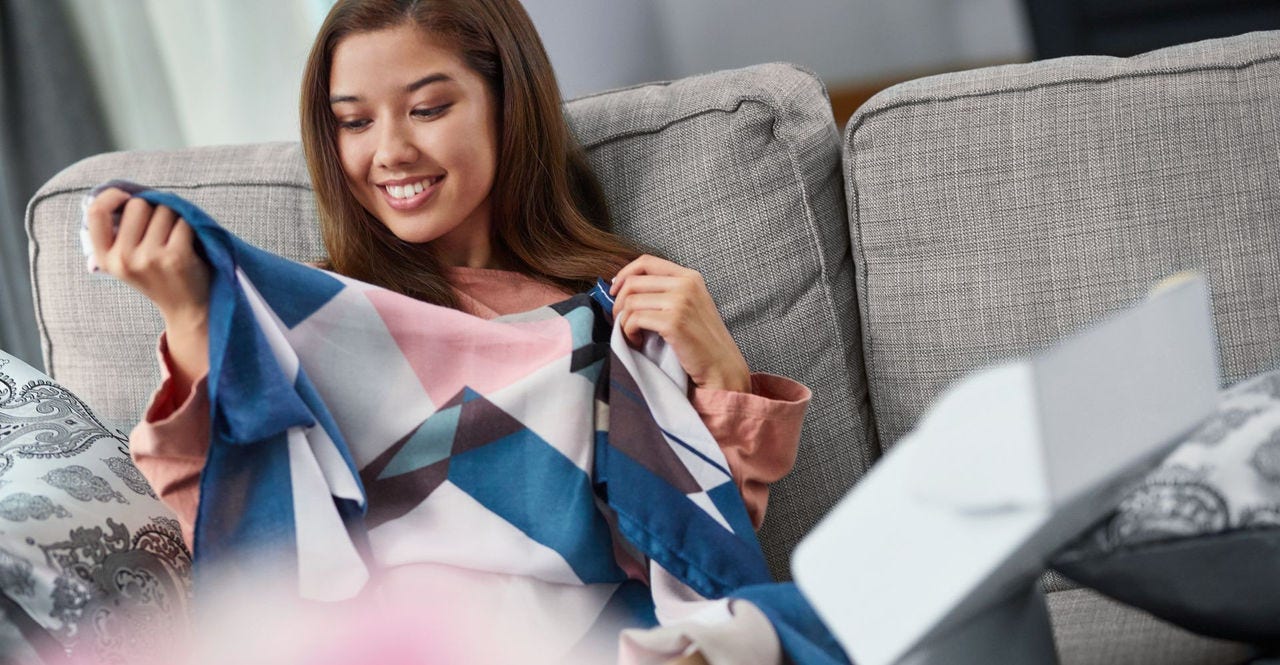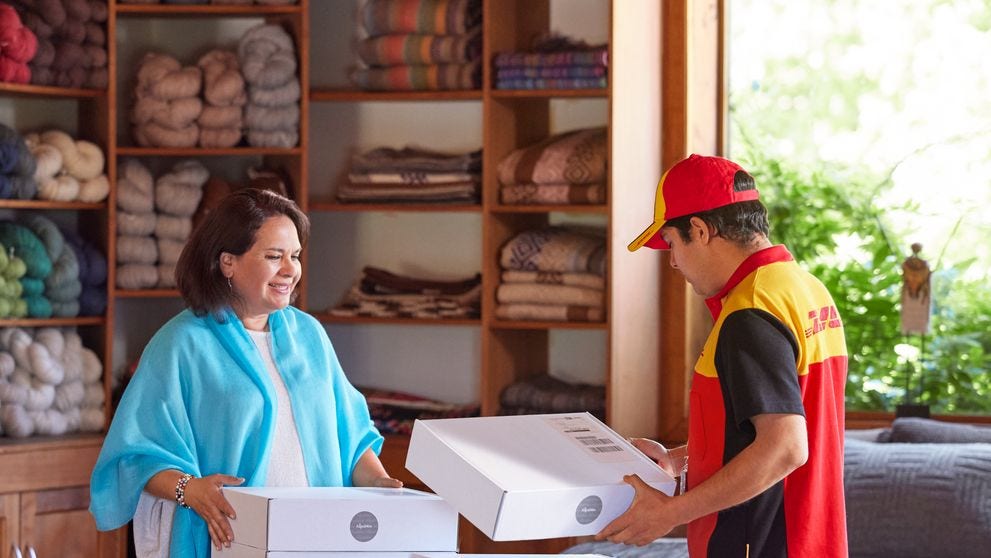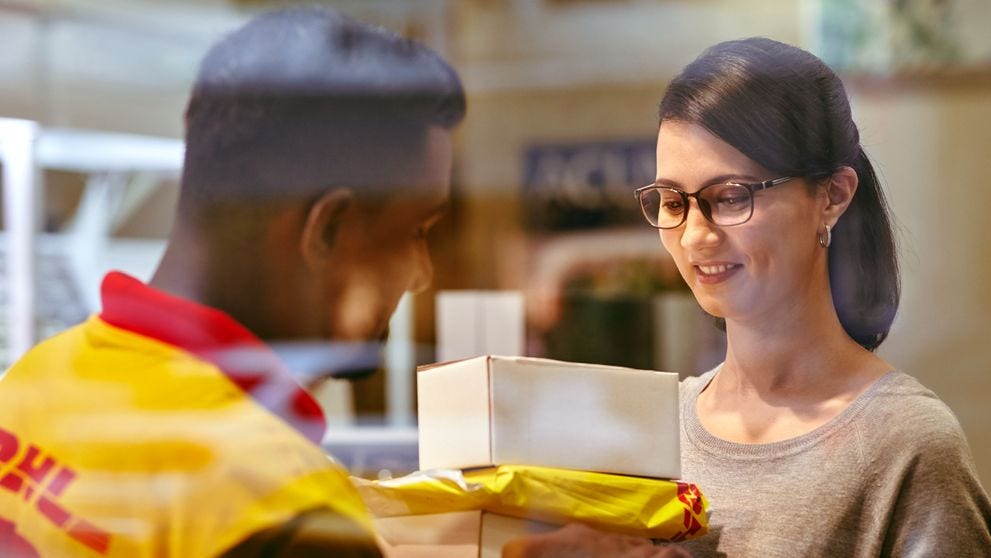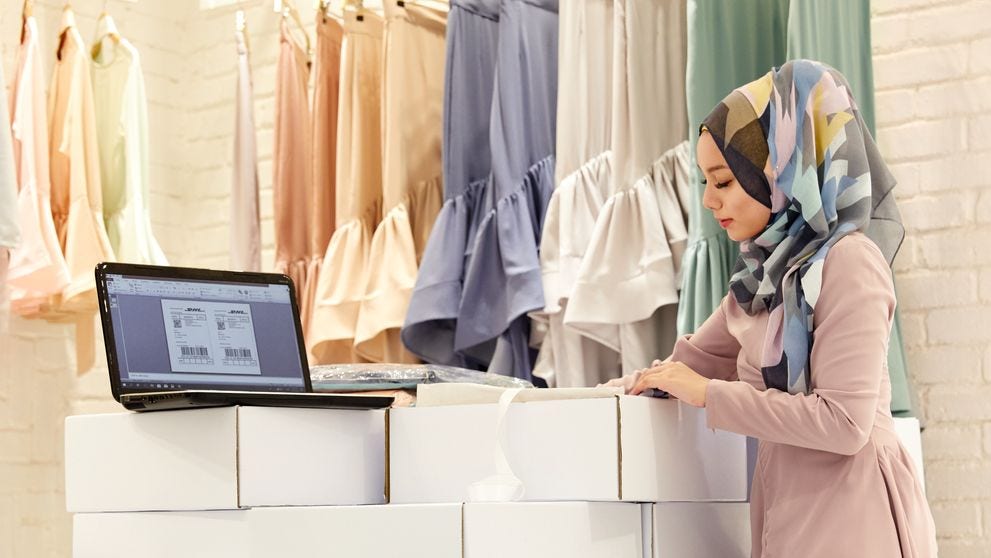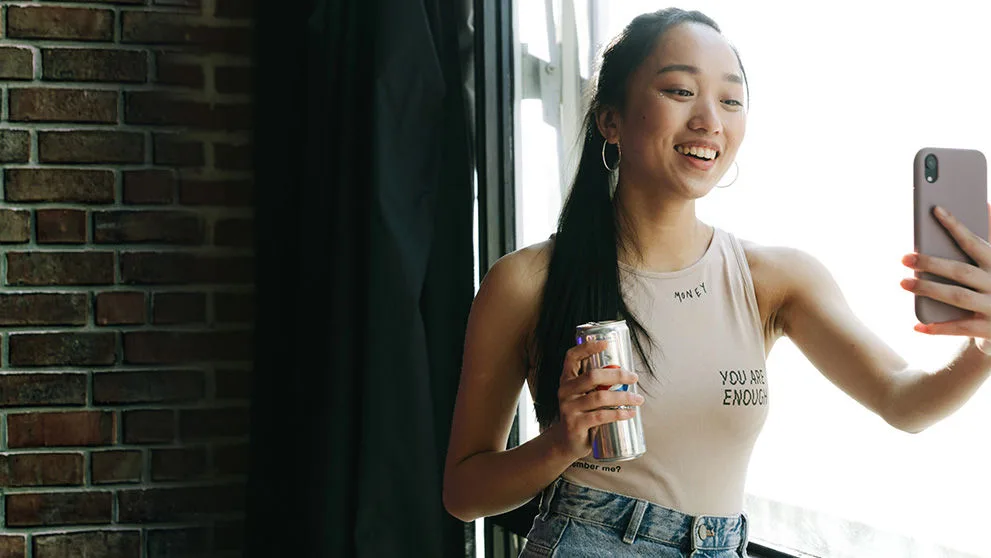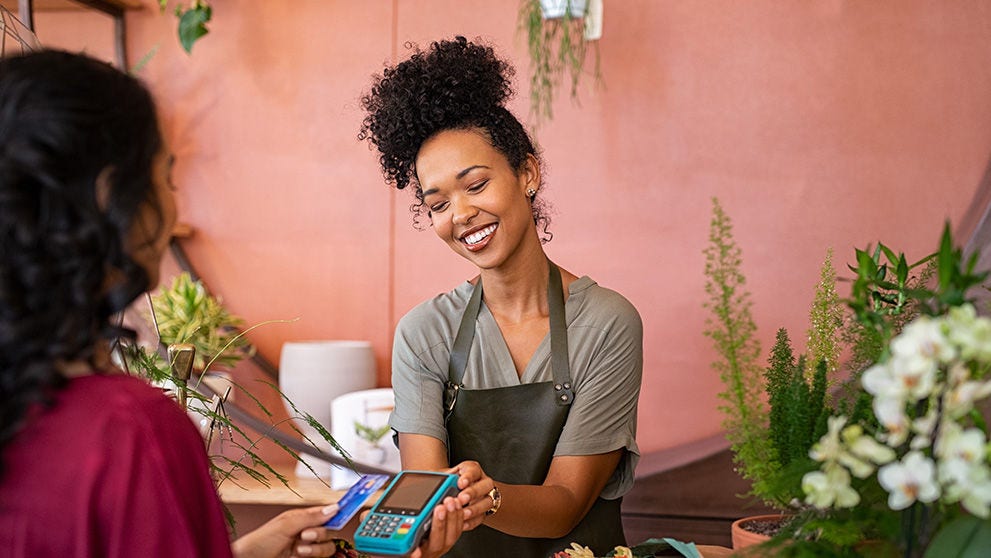Vintage fashion, defined as clothing crafted between 20 and 100 years ago1, has been making an exciting comeback. These rare, secondhand finds offer something unique for shoppers – the charm of timeless style mixed with eco-conscious choices. Today’s younger generations, especially millennials and generation Z (gen Z), are driving this trend forward. Unlike mass-produced clothing, vintage pieces allow them to stand out while supporting sustainable shopping habits.
Statista figures reveal that, in 2022, the global secondhand and resale market was valued at a remarkable US$197 billion, and this figure is set to climb by nearly US$100 billion by 2026.2 Clearly, there’s a draw to selling vintage fashion, but businesses should be aware that this presents some distinct challenges. Accurately describing items, assessing conditions and setting fair prices can all play a role in success.
With Pakistan’s expanding e-commerce landscape, small businesses have an opportunity to capture this growing global demand – and a thoughtfully curated online vintage thrift store could be your gateway to the thriving international market.
How to start your online vintage thrift store
If you’re looking for a guide on starting a secondhand clothing business online, here’s a quick run-down of what you will need to consider:
1. Find your niche
Finding a niche is the first step in launching an online vintage store. Consider the specific style, era or category of vintage clothing you want to focus on, and think about how it can attract a global audience. Options might include 1970s-inspired bohemian dresses and retro sportswear.
You can also go traditional and explore kurtas, shawls and dupattas for your thrift store. For instance, vintage clothing with intricate gota, zardosi or chikankari embroidery can appeal to those looking for authentic regional craftsmanship. The traditional handwoven sozni or tilla work on pashmina shawls may be prized items in the global fashion market for the heritage they carry. The phulkari is also a timeless favorite, a pastiche of colorful floral patterns stitched onto fabrics like khaddar or silk. It has always maintained its deep cultural resonance not just for Pakistanis but for the larger Punjabi diaspora worldwide, making it a compelling sell for your online vintage store.
Once you’ve defined your niche, the next step is sourcing. Explore local thrift shops, flea markets, estate sales, or work directly with local artisans and craftspeople for unique pieces. Look for high-quality fabrics and distinctive patterns that add value to your collection. Building relationships with reliable sources will help you consistently offer a curated and attractive inventory that appeals to not just locals but international shoppers, including Pakistani customers abroad looking for culturally-rich vintage finds.
2. Decide where to sell
Picking the right platform is essential for reaching the audiences driving the growth of secondhand fashion – namely, gen Zs and millennials. These younger generations are leading the way in vintage and thrift shopping, not only because it’s often more affordable but also because it aligns with their values of sustainability.3 For them, secondhand fashion is about more than a good deal; it’s a way to support the circular economy, reduce waste and make thoughtful buying choices.
Platforms like Depop, Etsy and Poshmark are popular for vintage clothing and give sellers access to a broad, engaged audience. But social media is where younger shoppers are increasingly discovering brands and products4,5, with nearly half of Gen Z using platforms like Instagram and TikTok to research before buying, as a 2022 Statista report indicated. Setting up an e-commerce business on social media can give vintage clothing sellers a chance to build direct connections with customers through creative content, such as styling reels and live streams, that bring their collections to life.
Setting up a dedicated online store is another route that offers full control over branding and customer experience. However, be mindful of fees on different selling sites and how they affect your bottom line. Balancing platform choice with brand identity will help you reach the right audience and build a lasting, loyal customer base.
3. Build your store
The magic of your online vintage store lies in how vividly you present each piece. Quality visuals are key, so take the time to photograph items in natural light from multiple angles, capturing close-ups of unique details like embroidery, fabric texture and color variations. For instance, a 1970s hand-embroidered kurta deserves shots that showcase its intricate floral pattern and the richness of the silk fabric – these details bring the story of the piece to life for potential buyers.
Product descriptions of the clothing are just as critical. Go beyond the basics to paint a picture: share measurements, describe the condition in detail (mention any vintage wear that adds character or flaws), and add a hint of history or style inspiration. This level of transparency can help set clear expectations, making customers feel connected to each item and reducing the likelihood of returns.

